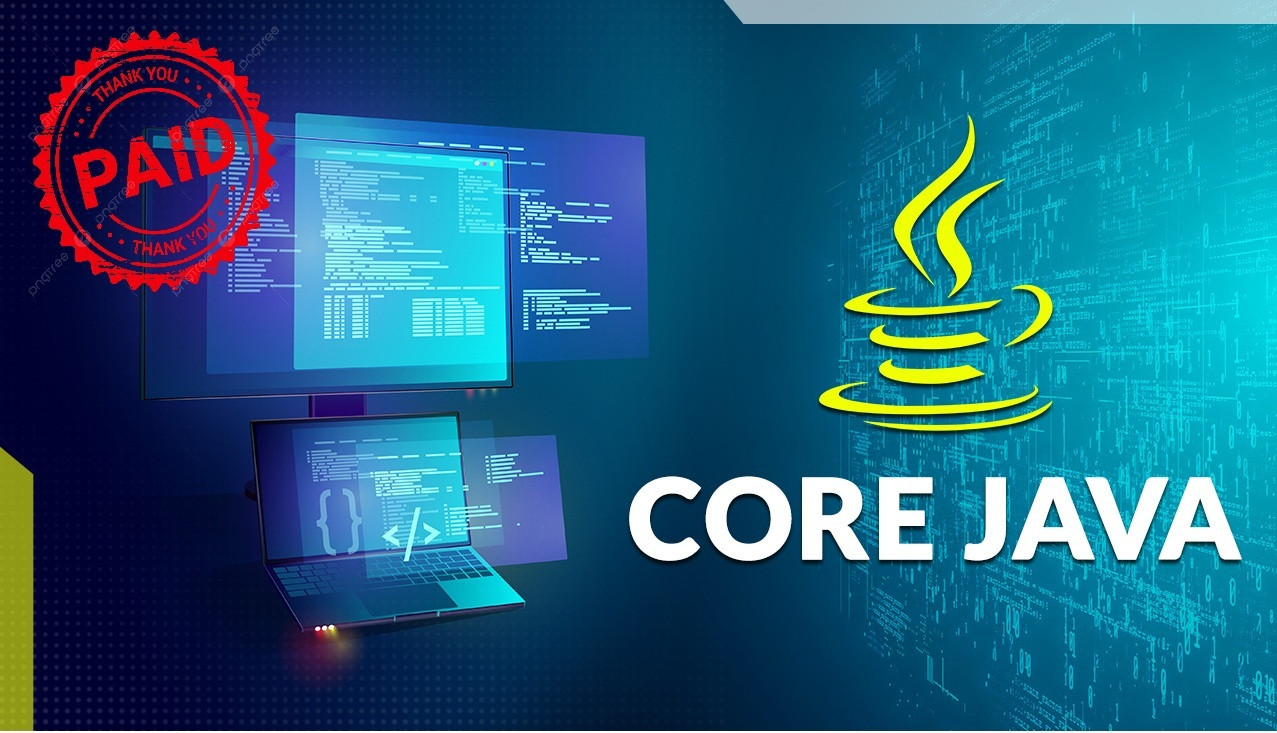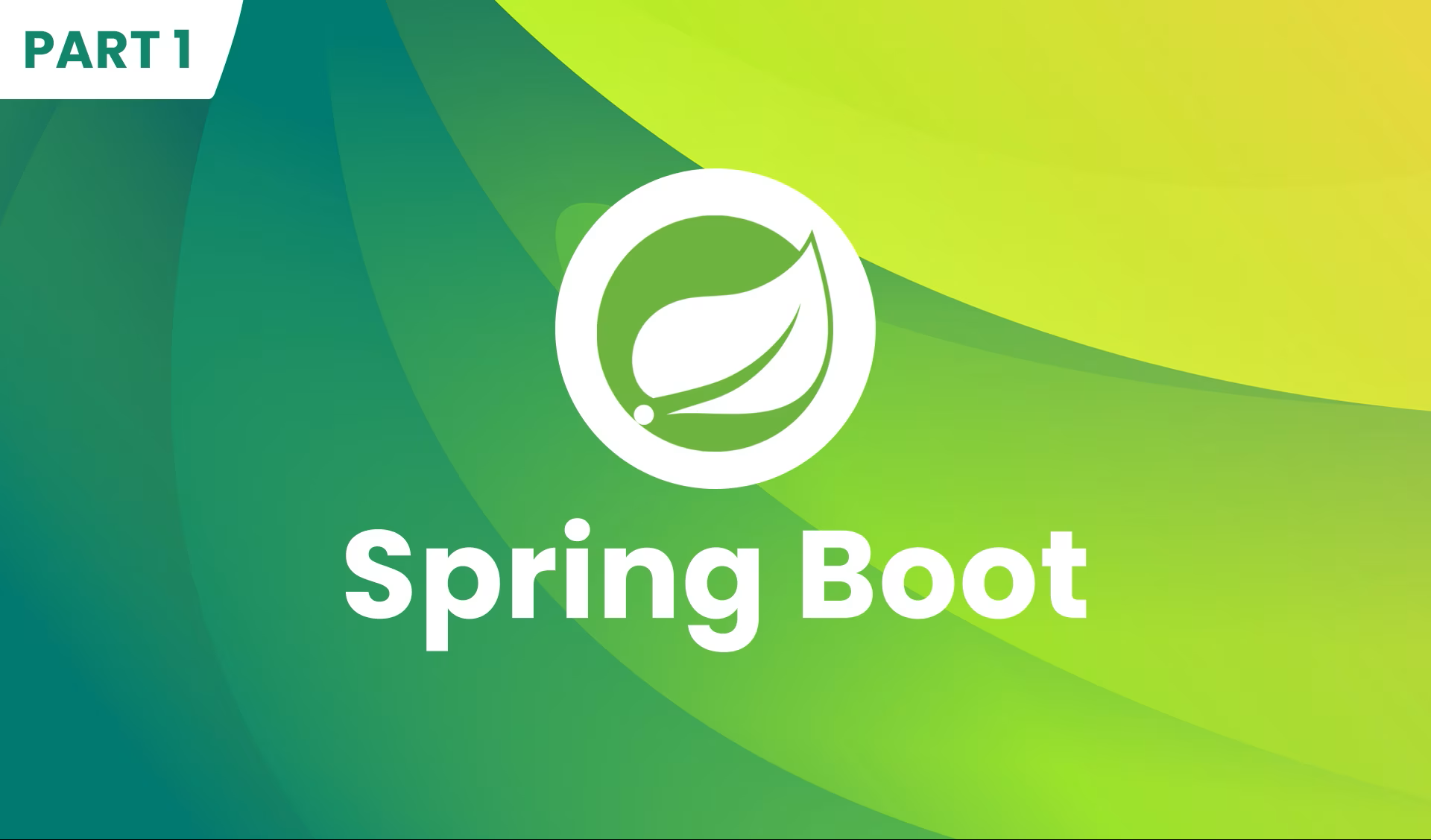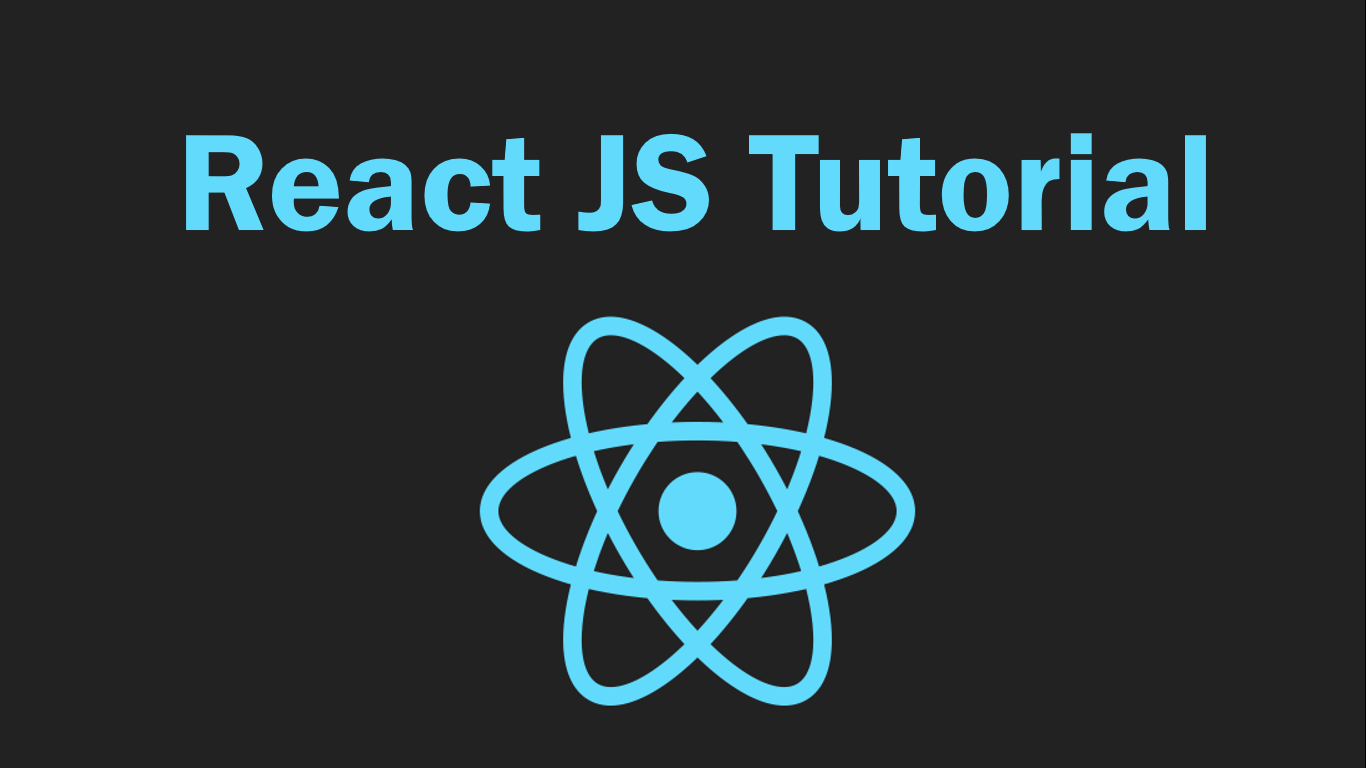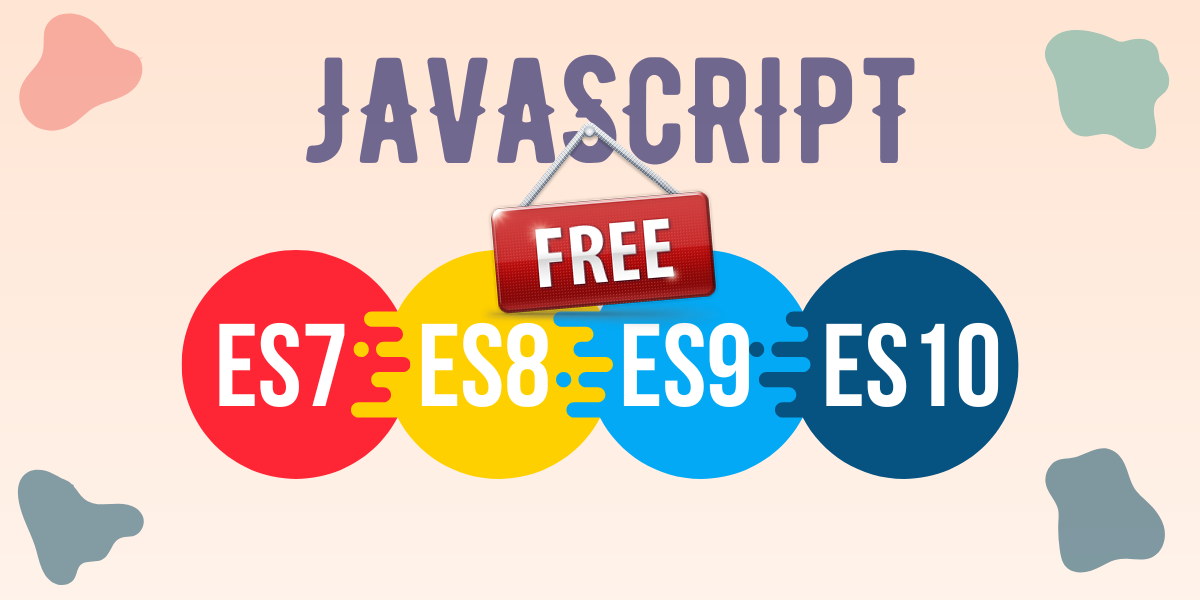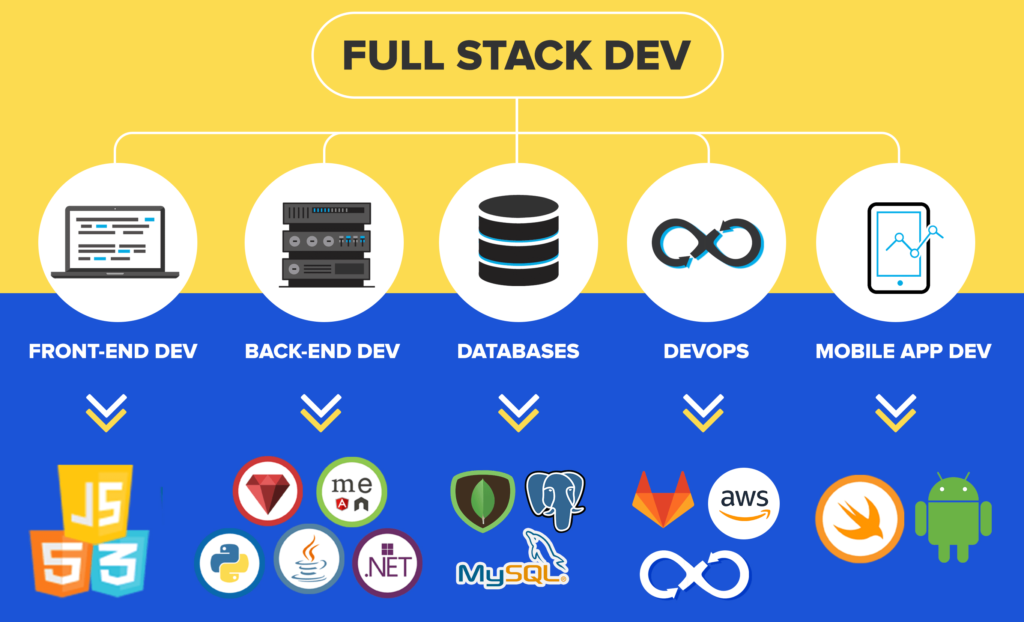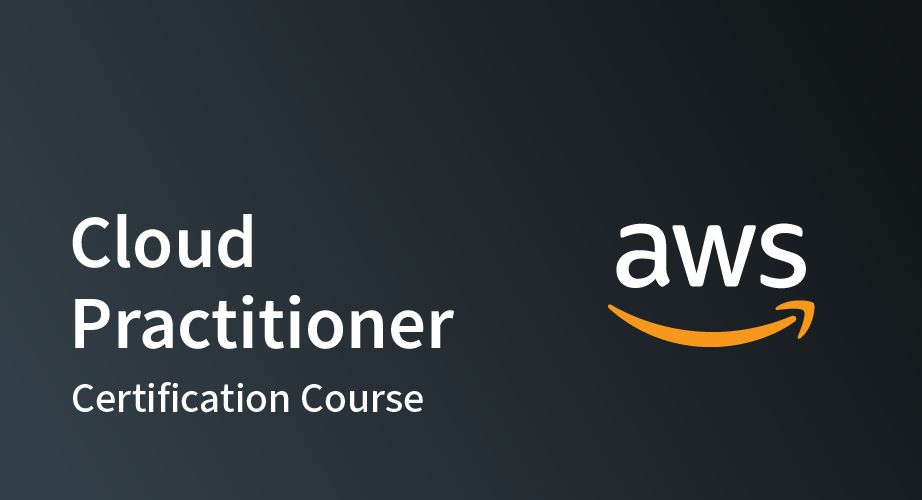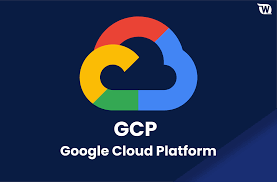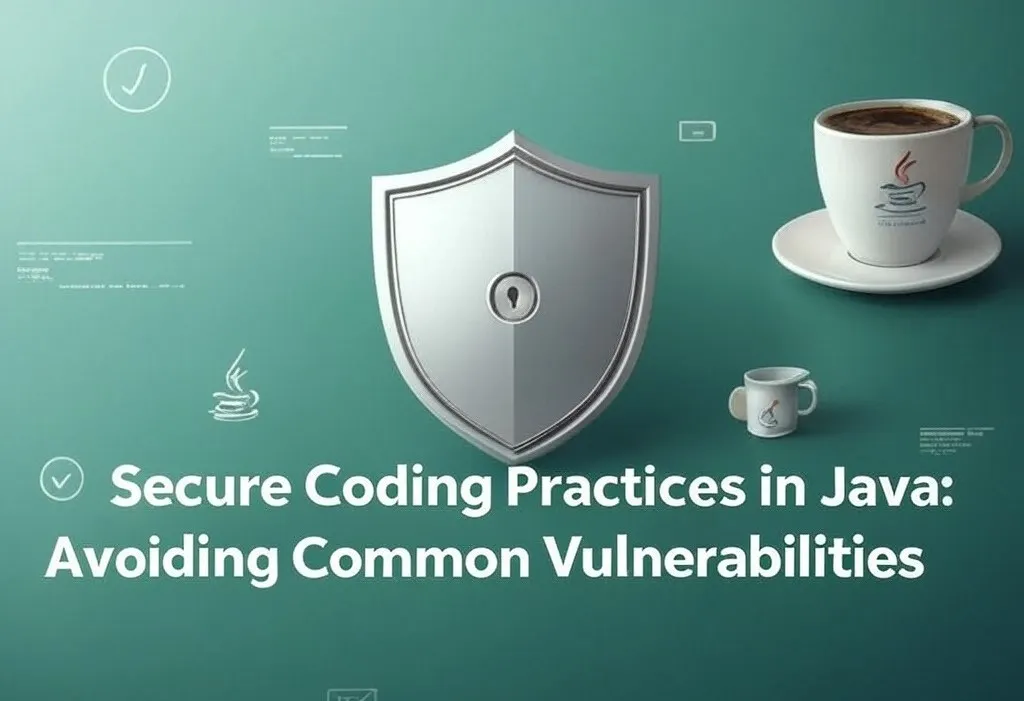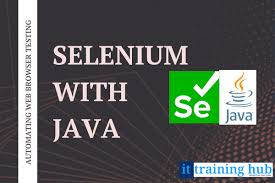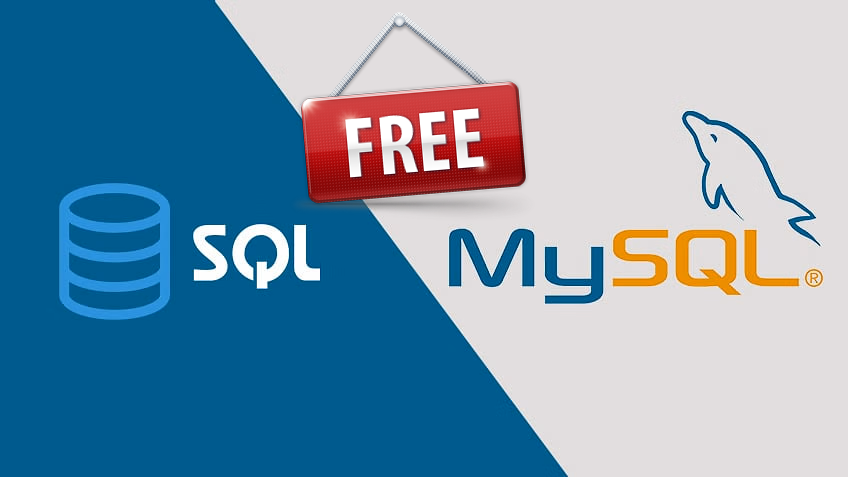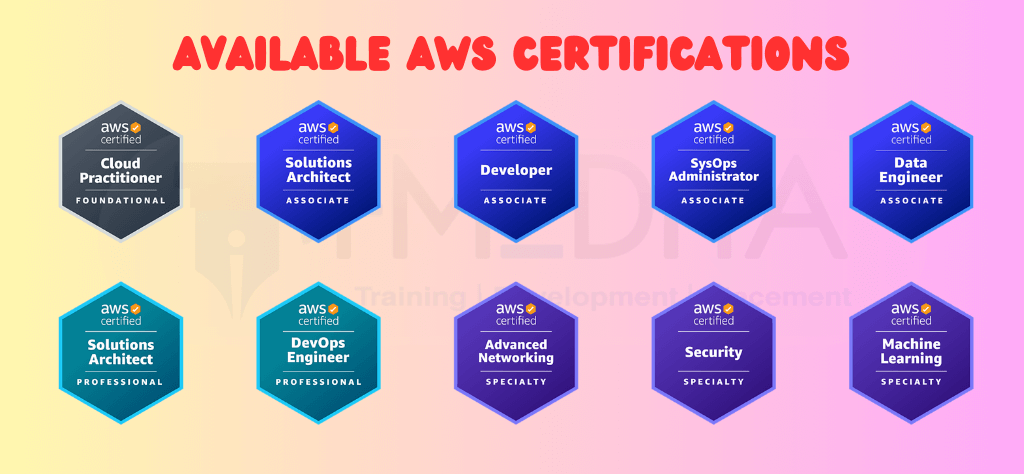Ready to reimagine your career?
Ready to reimagine your career?
-
All the skills you need in one place
From critical skills to technical topics, DRS TechSkills supports your professional development.
Available courses
Object-Oriented Programming (OOP) Using Java - Paid
A core Java course teaches the fundamental building blocks and concepts of the Java programming language, essential for developing general-purpose applications. Key topics include Java syntax, data types, control structures, object-oriented programming (OOP) concepts (like classes, objects, inheritance, and polymorphism), exception handling, arrays and strings, packages, and the Java Collections Framework. The curriculum typically includes practical coding exercises, demonstrations, and projects to build proficiency and a strong foundation for advanced Java programming.
4 Students
Master Microservices with Spring Boot and Spring Cloud
A Spring Boot REST microservice course teaches developers to build scalable, fault-tolerant, and production-ready applications by decomposing them into independent, focused services. The curriculum typically progresses from foundational Spring Boot concepts to implementing and managing distributed systems using the Spring Cloud ecosystem. Students gain practical skills in building RESTful APIs, enabling inter-service communication, and securing and deploying microservices.
1 Students
React—The Complete Guide (incl. Hooks, React Router, Redux)
- React basics: Explores why React is used and how to set up the development environment. It introduces the Virtual DOM and its role in optimizing performance.
- JSX: Teaches JSX (JavaScript XML), a syntax extension that allows developers to write HTML-like code within JavaScript.
- Components: Covers the building blocks of any React application. You will learn the difference between functional and class components and how to create and compose them.
- Props: Explains how to pass data from a parent component to a child component using a one-way data flow model.
- State: Teaches how to manage a component's internal data, which can change over time. It covers the
useStatehook for functional components and thesetStatemethod for class components. - Event handling: Shows how to handle user interactions, such as clicks and form submissions.
- Conditional rendering and lists: Covers how to render different components based on conditions and how to efficiently
- React Hooks: Deep dives into modern functional React development. Common hooks taught include
useState,useEffect, anduseContext. - React Router: Explains how to set up client-
1 Students
Javascript and ES7 - Free
-
Fundamentals of JavaScript:Introduction to variables, data types, operators, control flow (conditionals and loops), functions, and objects.
-
DOM Manipulation:Understanding the Document Object Model (DOM) and how to interact with HTML elements to create dynamic and interactive web pages.
-
Event Handling:Learning to respond to user actions such as clicks, form submissions, and key presses.
-
Asynchronous JavaScript:Exploring concepts like callbacks, Promises, and async/await for handling operations that take time, such as fetching data from APIs.
-
Modern JavaScript (ES6+):Covering features introduced in ECMAScript 6 and later, including arrow functions, template literals, destructuring, modules, and classes.
-
Web APIs:Utilizing browser-provided APIs for various functionalities like working with local storage, geolocation, and fetching data (e.g., Fetch API).
-
Introduction to Frameworks/Libraries (Optional):Some courses may provide an overview or introduction to popular JavaScript frameworks or libraries like React, Angular, or Vue.js, or server-side runtimes like Node.js.
-
Debugging and Testing:Learning how to identify and fix errors in JavaScript code and potentially an introduction to unit testing.
3 Students
Full-Stack Java Developer Course with Spring Boot & React JS
A full-stack course with Spring Boot and React focuses on building modern web applications by connecting a robust Java-based backend with an interactive JavaScript frontend. Participants gain hands-on experience developing both sides of the application, often building a project like an employee management system or a to-do app from scratch. Key backend skills include creating RESTful APIs with Spring Boot, managing data persistence with JPA/Hibernate, and implementing security. The frontend portion covers React fundamentals, including components, state management, routing, and consuming the backend APIs. The course culminates in learning how to integrate the two technologies to deploy a secure, responsive, and data-driven full-stack application.
1 Students
DevOps Engineering - Planning to Production
A DevOps course teaches the culture, practices, and tools that integrate software development (Dev) and IT operations (Ops). Students learn to use automation, implement continuous integration and continuous delivery (CI/CD) pipelines, and manage cloud infrastructure using tools like Git, Jenkins, Docker, and Kubernetes. The curriculum emphasizes improving collaboration and communication for a faster and more reliable software delivery life cycle.
1 Students
AWS Cloud Practitioner Essentials
The AWS Cloud Practitioner course provides a high-level, foundational overview of the AWS Cloud, its core services, architecture, security, and economics for non-technical or beginner-level individuals. It covers the benefits of cloud computing, such as scalability and cost-effectiveness, and introduces the global infrastructure of AWS Regions and Availability Zones. Students also learn the shared responsibility model for security and gain familiarity with fundamental AWS services across domains like compute, storage, and networking. Additionally, the course outlines AWS pricing models, billing practices, and support options to help users manage costs effectively.
1 Students
Azure Fundamentals
There are many Azure courses, most of which are aligned with Microsoft's official, role-based certification tracks. The course names typically correspond to their certification exam code. The most common courses include those for fundamentals, administration, and development.
1 Students
Google Cloud AI Essentials
Google offers numerous Google Cloud Platform (GCP) courses and certifications, often categorized by career path and experience level. These courses prepare students for official certifications, and many are available on learning platforms.
- Google Cloud Digital Leader: This course provides a broad introduction to cloud technology and Google Cloud products for a wide audience. It is a foundational step on the GCP certification path.
- Google Cloud Fundamentals: Core Infrastructure: A beginner-level course that covers the core GCP compute, storage, and networking services.
1 Students
Secure Coding in JAVA
A secure coding in Java course teaches developers to write robust and secure code, mitigating vulnerabilities from common flaws like injection attacks and insecure deserialization. Course objectives include learning secure design principles, using Java's built-in security features, handling sensitive data properly, and incorporating security testing into the development lifecycle. The training focuses on adopting a proactive security mindset rather than addressing issues after they occur, thereby reducing costs and improving overall software quality.
1 Students
Selenium WebDriver with Java & TestNG Testing Framework
A course on Selenium testing with Java equips individuals with the fundamental skills for automating web application tests. It covers the core Java programming concepts and the use of Selenium WebDriver to simulate user actions across different browsers. The training also includes learning advanced features, implementing industry-standard test frameworks like TestNG or JUnit, and integrating with other tools for continuous integration (CI)
1 Students
DBMS using MySQL - Free
-
Introduction to Databases and RDBMS:Understanding what databases are, the role of Database Management Systems (DBMS), and specifically, Relational Database Management Systems (RDBMS) like MySQL.
-
MySQL Installation and Setup:Guidance on installing MySQL and related tools like MySQL Workbench.
2 Students
AWS Certifications
AWS certifications are official, industry-recognized credentials that validate an individual's expertise in various Amazon Web Services cloud services and solutions. They are tiered into four levels—Foundational, Associate, Professional, and Specialty—to accommodate different experience levels and career paths. These certifications demonstrate proficiency in areas like cloud architecture, development, operations, networking, security, and machine learning. Achieving an AWS certification can lead to enhanced job prospects, higher earning potential, and improved professional credibility in the competitive cloud computing market. Regular recertification is required to ensure professionals' skills and knowledge remain current with the constantly evolving AWS platform.
1 Students


